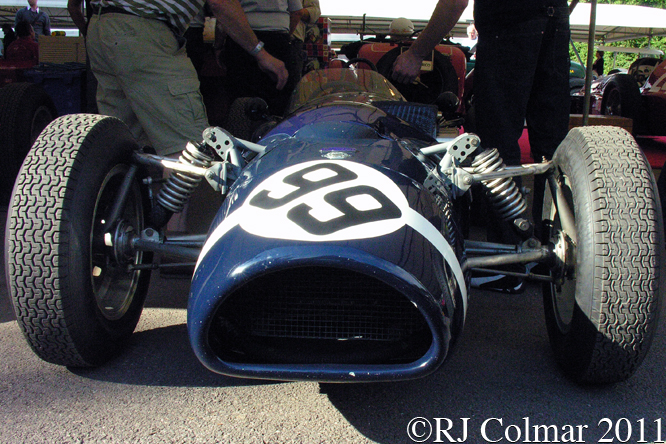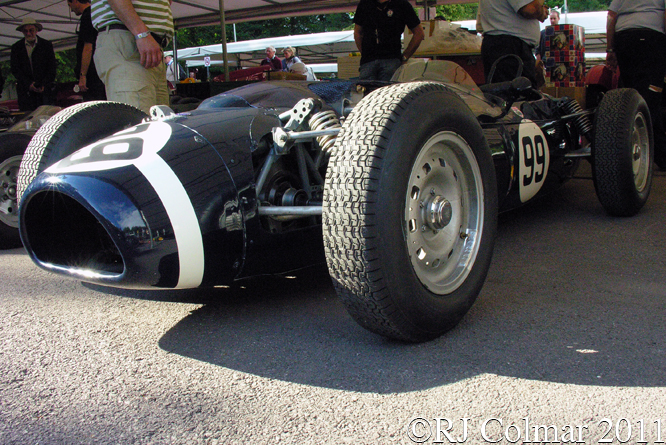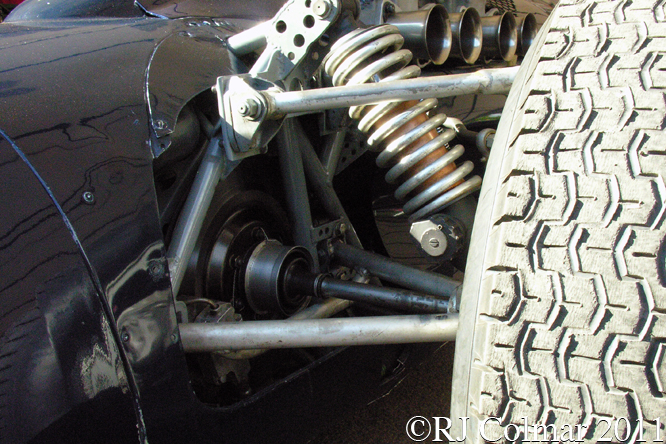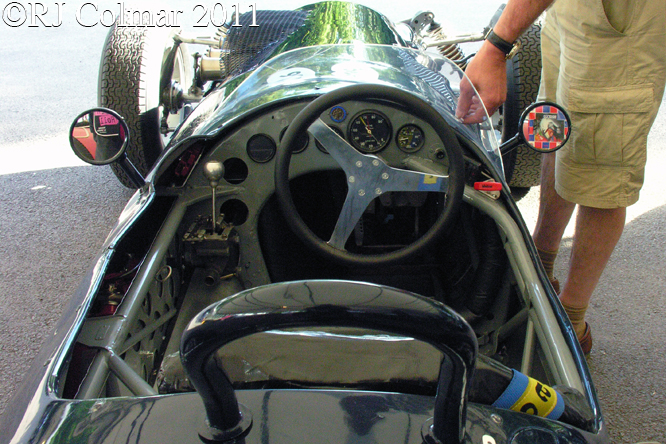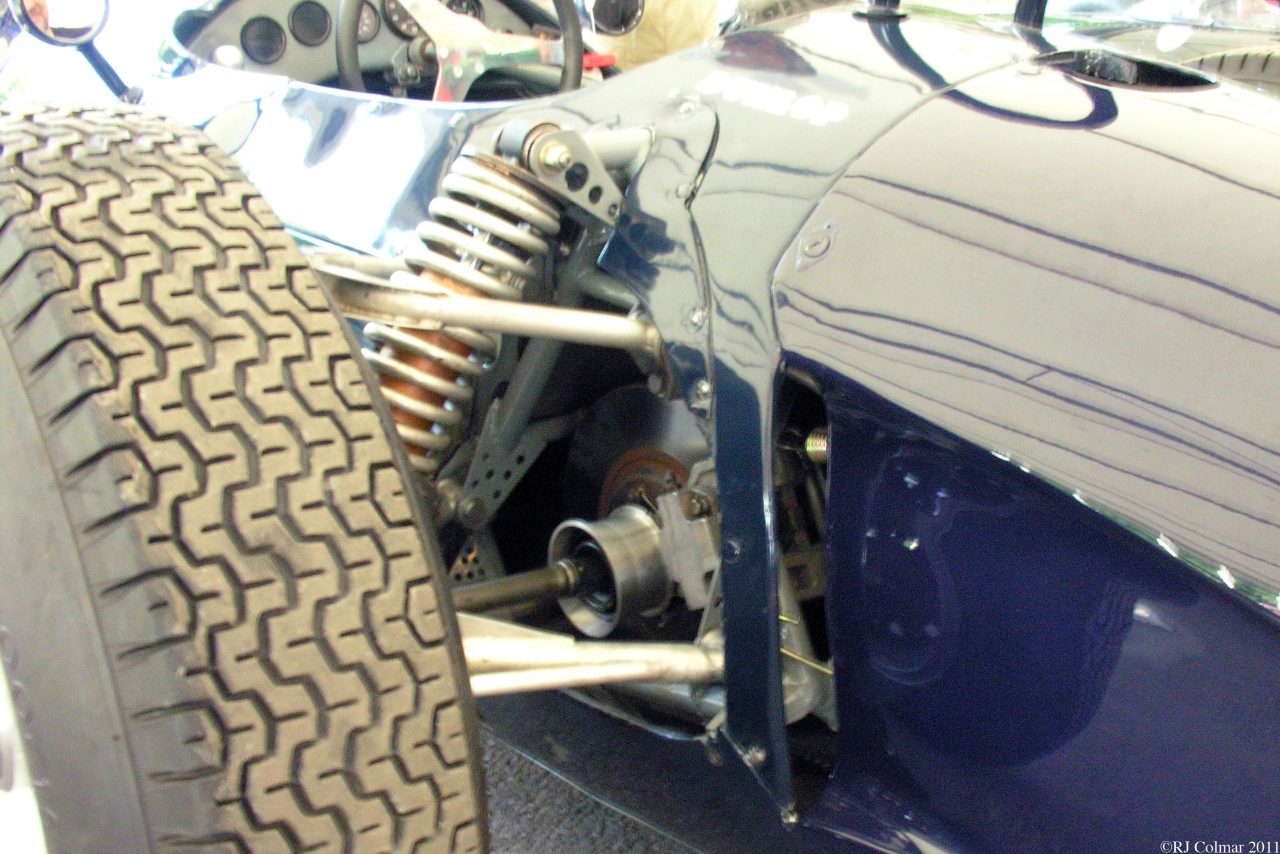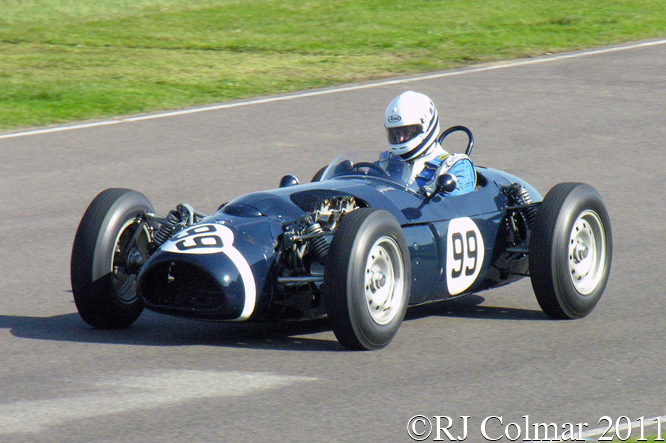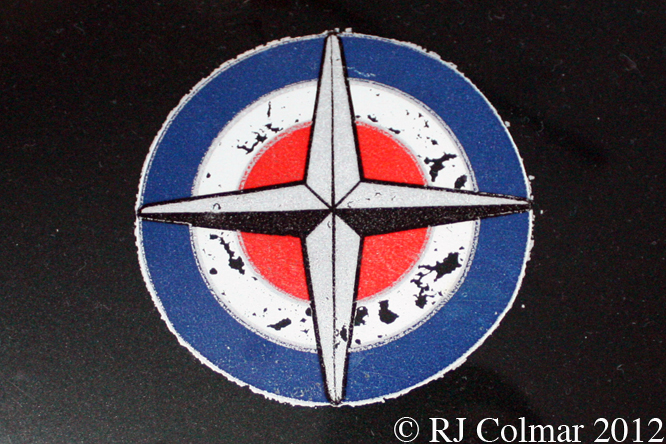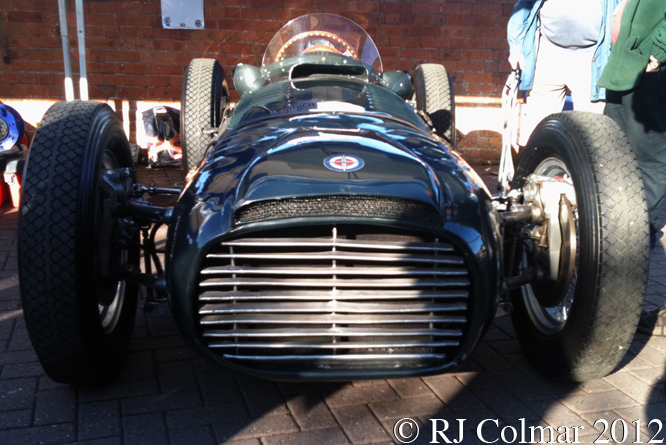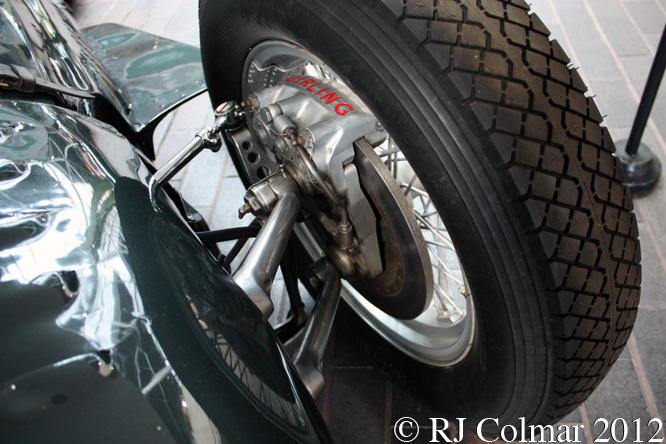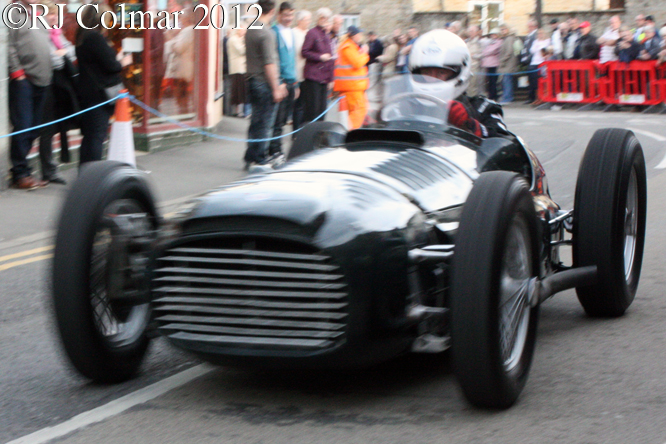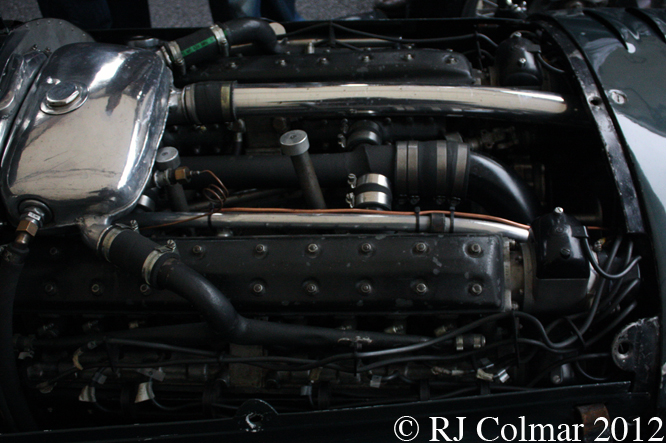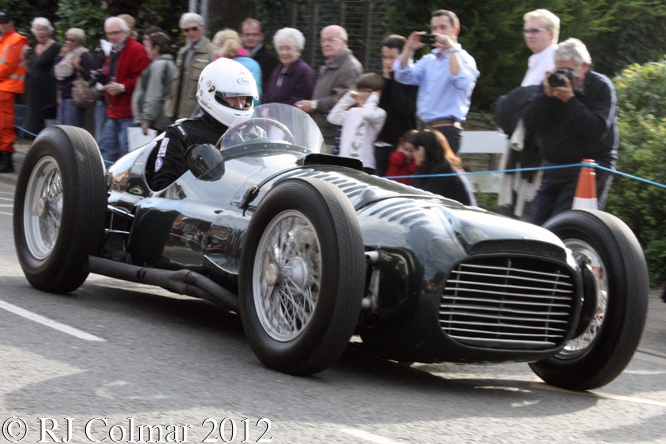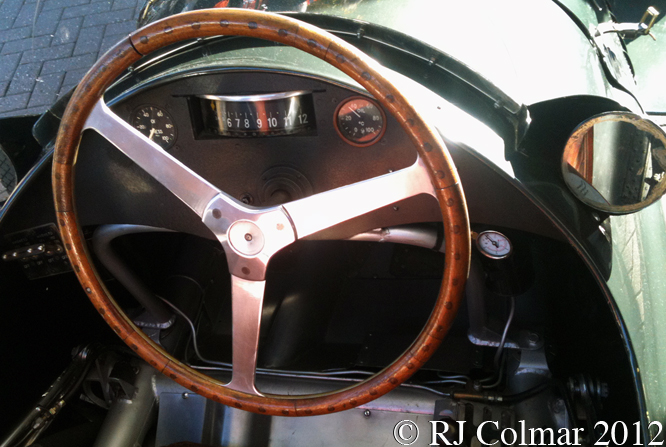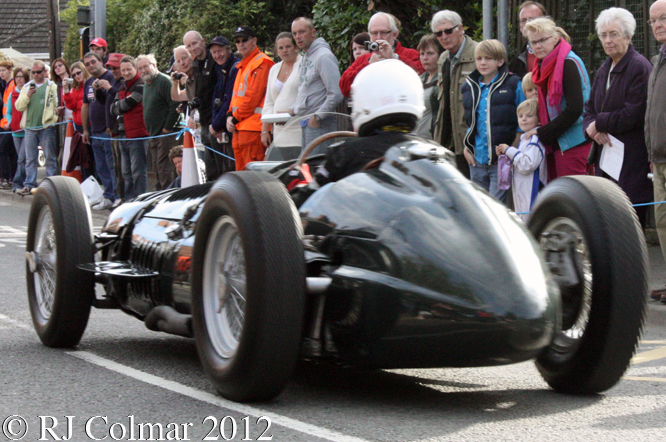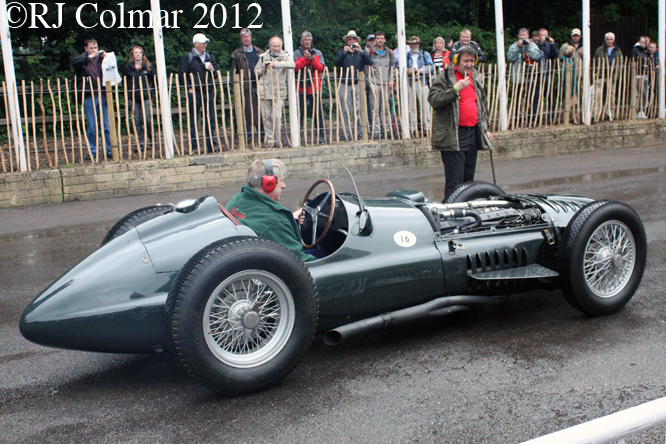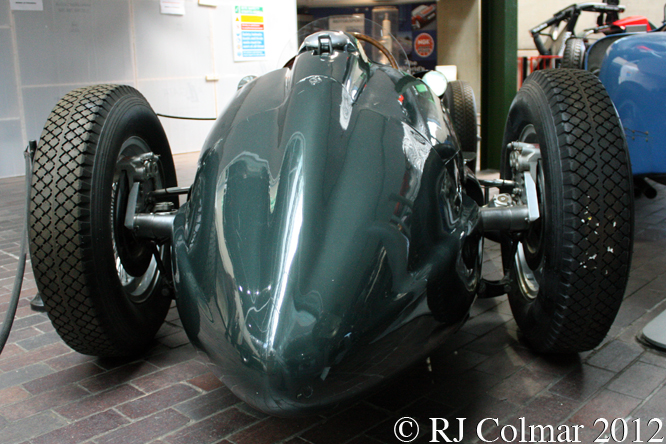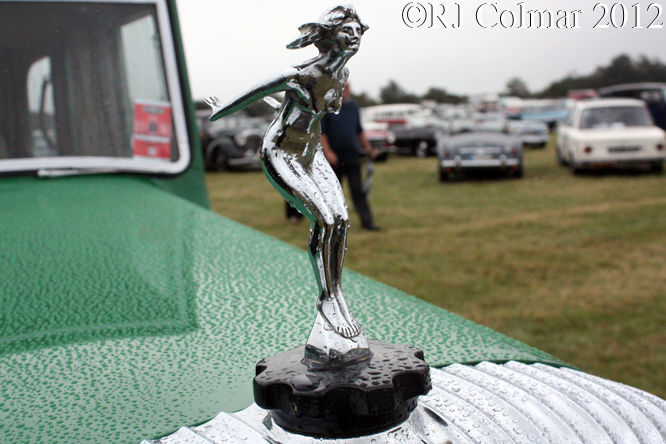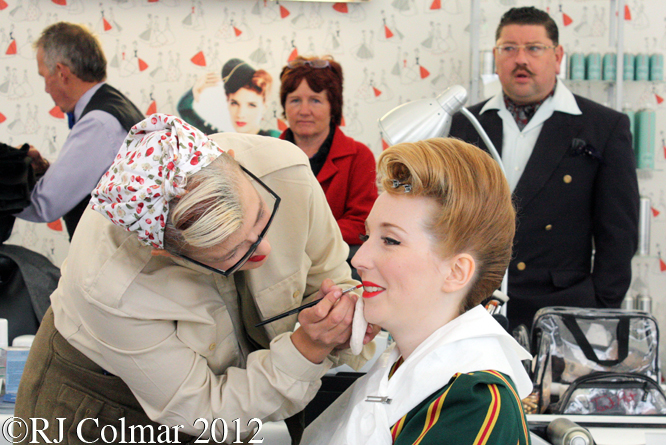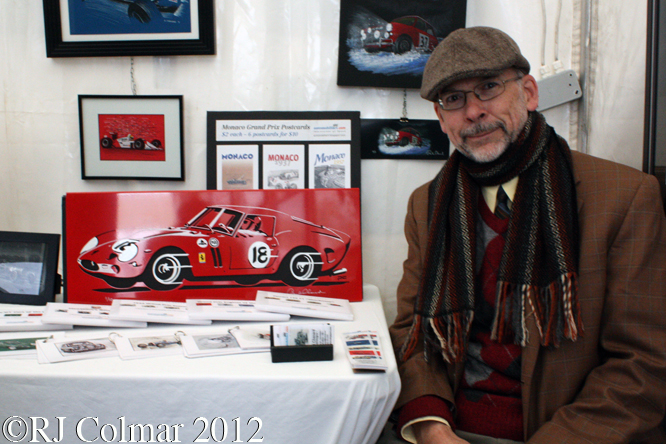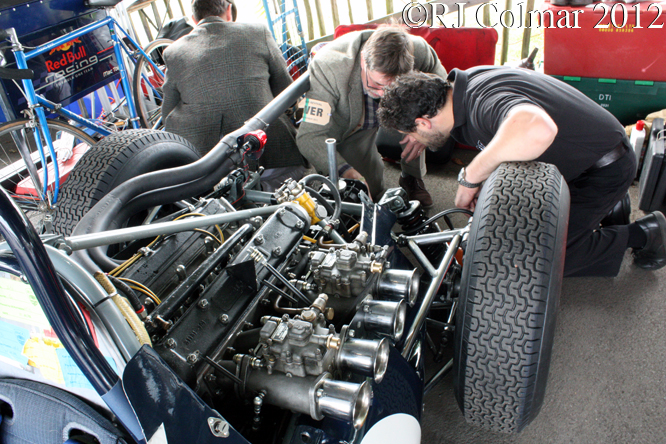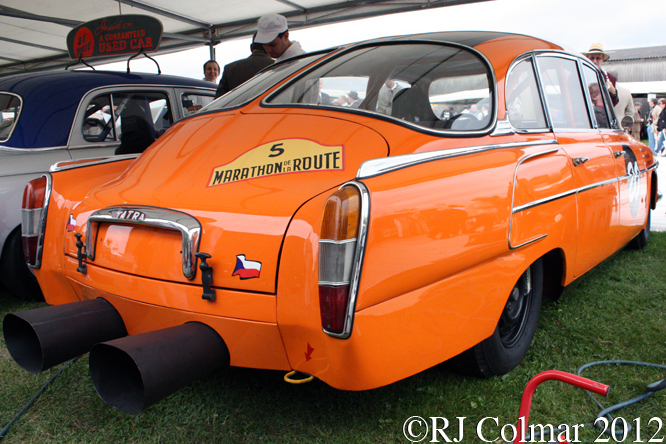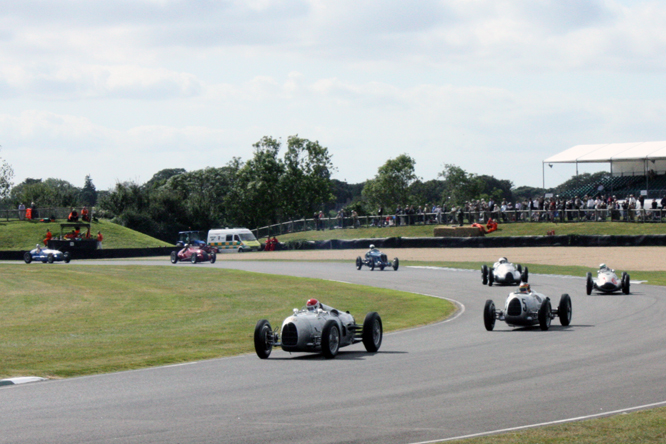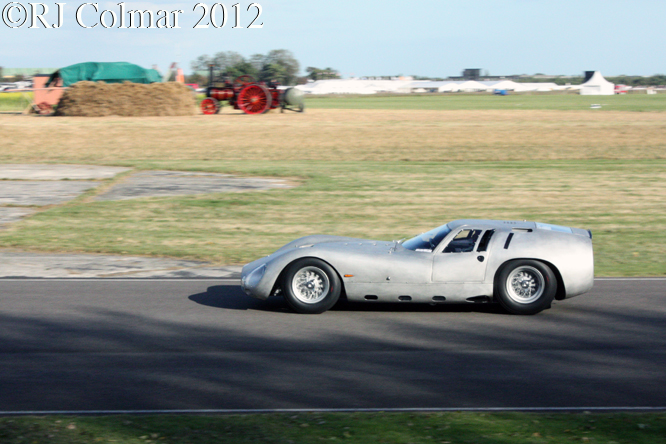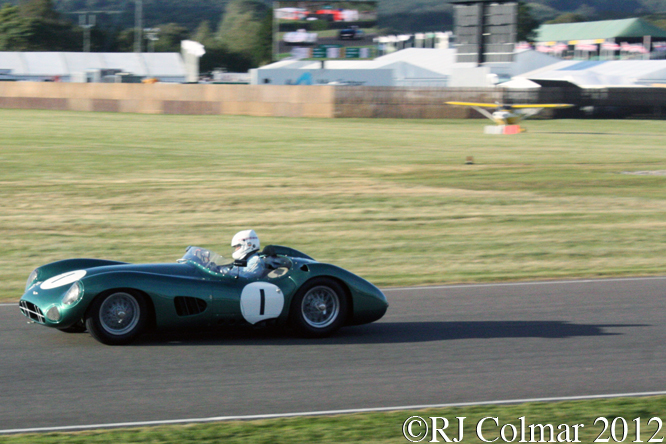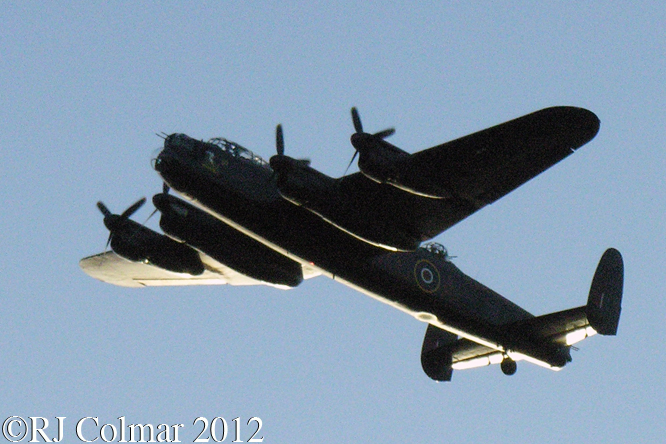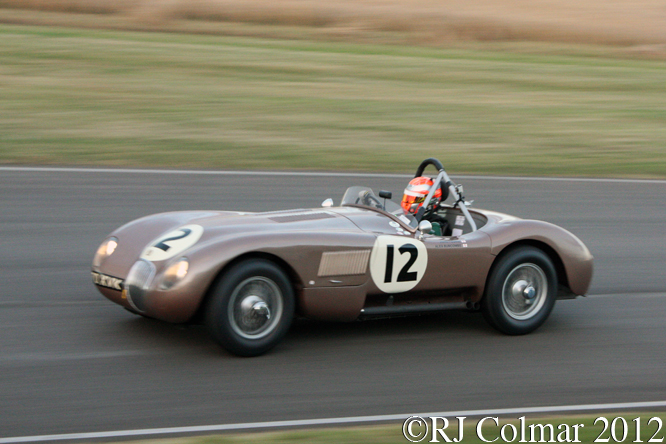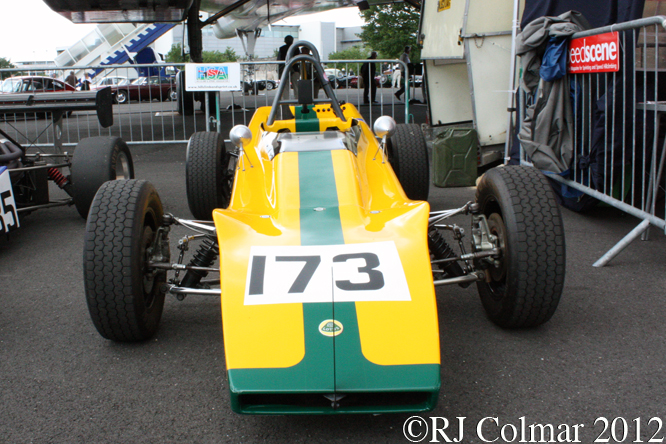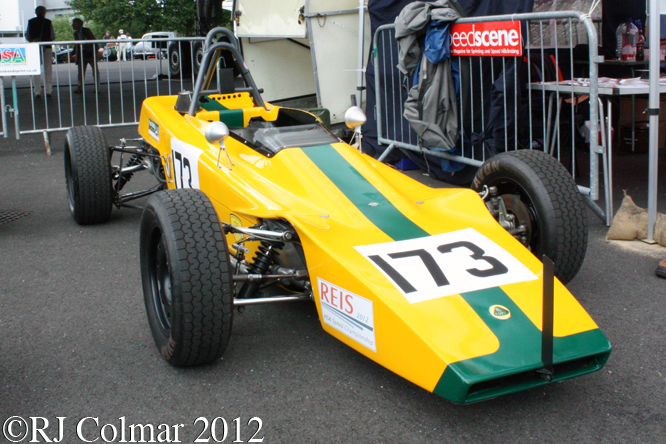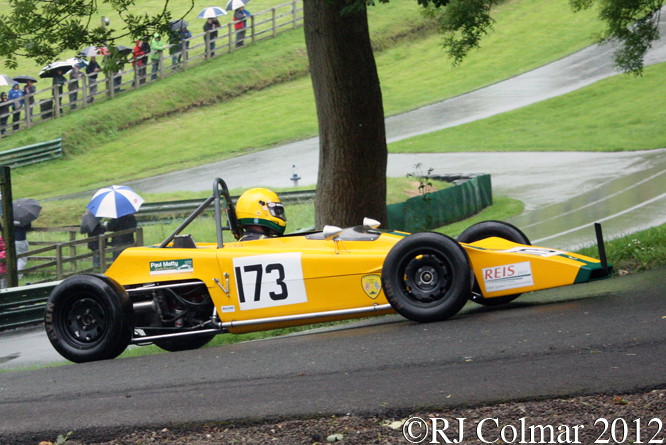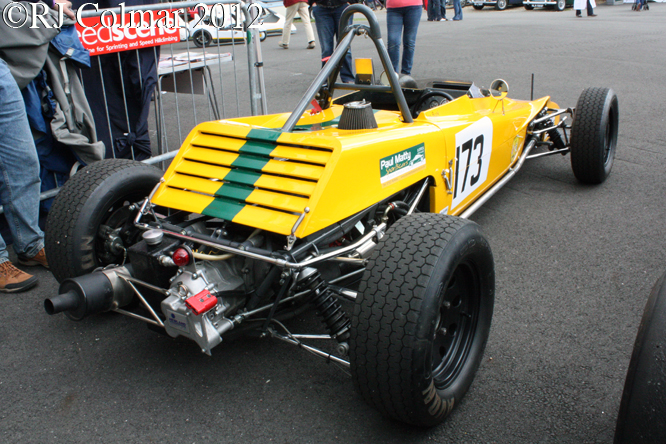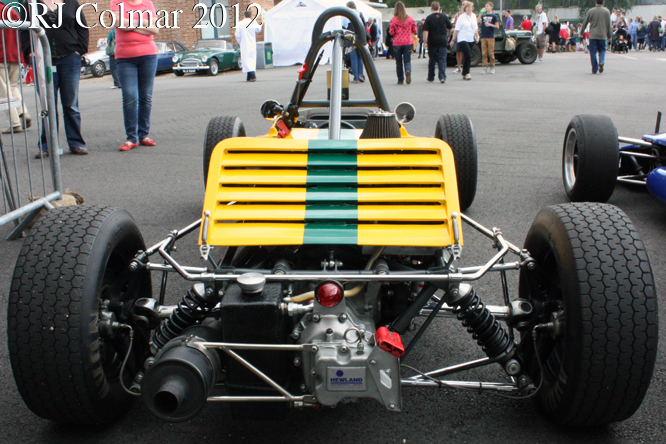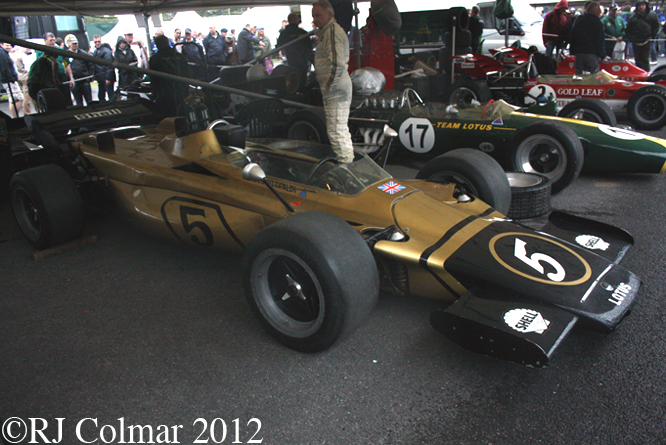When Stirling Moss won the 1958 Argentinian Grand Prix driving an underpowered Cooper Climax T43 he became the first man to win a Formula One Championship race driving a rear engined car and also the first man to win such a race in a privately entered car for wealthy Walkers Whiskey heir Rob Walker. At the following championship race Maurice Trintignant won for the second time at Monaco driving Walkers Cooper Climax T45.
Walker, a former racer, had promised his wife he would no longer race when he married in 1940 and after the 39/45 war he became a well respected entrant of all manner of cars starting with a Formula 2 Connaught for Tony Rolt in 1953 going on to include; a Lotus 18, the Ferguson P99 and a couple of Lotus 49’s, one of which became the last privately entered car to win a Formula One Championship race at Brand Hatch in 1968 with Jo Siffert at the wheel.
From 1971 to 1973 Rob joined forces with John Surtees, the following year he supporting a third Yardley sponsored McLaren for former Surtees Driver Mike Hailwood with his last financial involvement being in 1974 when he teamed up with Harry Stiller to enter a Hesketh for future, 1980, Formula One Champion Alan Jones, after which he continued as a time keeper for a number of teams.
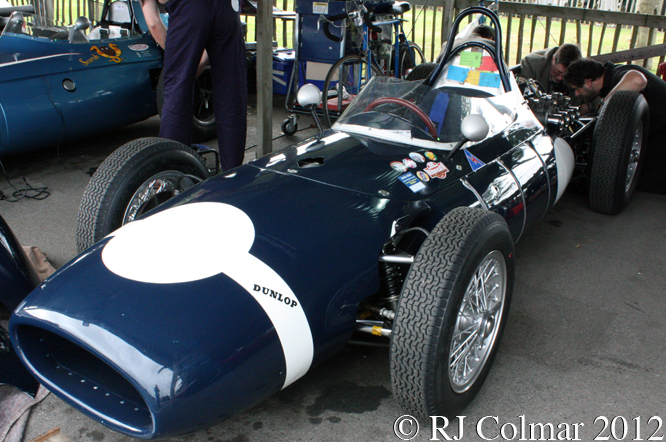
1959 Stirling won two more championship races driving a Rob Cooper Climax T51 which was wrenched by chief mechanic Alf Francis with whom Stirling had worked through most of the 1950’s starting when Alf was working for HWM.
Alf Francis managed to persuade Moss and Rob Walker, who paid the bills, to let him have a shot at designing a Formula One car for the 1960 season. By all accounts out of loyalty they agreed and Alf working with former Ferrari and Maserati chassis designer Valerio Colotti, who had gone into business under the Studio Tecnica Meccanica, abbreviated to Tec Mec, name, came up with today’s featured Climax powered car
Stirling did test the car, but found it not to his liking so Moss and Walker opted to lease a Lotus 18 with which they won four races over the next two years with Stirling finishing 3rd in the championship in ’60 and ’61.
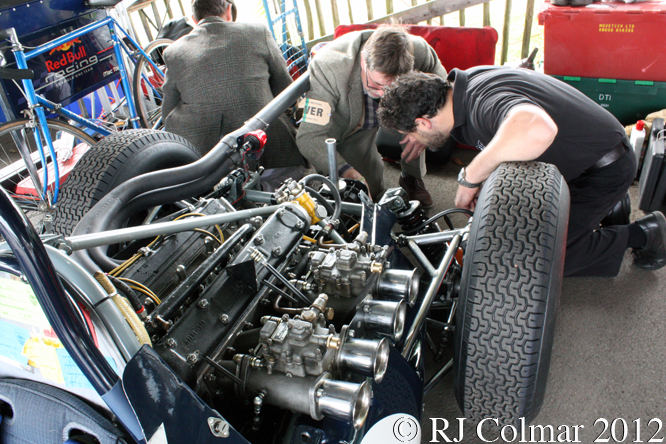
Alf Francis had worked closely with Colotti when Moss bought a Maserati 250F in 1954 and went on to found Colotti Francis Systems. Alf Francis was later responsible for the Derrington Francis with engine tuner Vic Derrington. The ATS powered Derrington Francis made one appearance before Dan Gurney tested the car, after he had damaged it the Derrington Francis team folded.
Stirling Moss observed that his long serving mechanic Alf was like a good PA who thinks they can run the company and that when they set up they fail.
Although the Walker Climax never raced in period it has regularly appeared in historic events driven by owner Richard Parnell. Note Colotti’s involvement sometimes sees the car referred to as the Walker Climax Tec Mec Tipo 10.
Thanks for joining me on this “Alf’s Shot” edition of “Gettin’ a li’l psycho on tyres” I hope you will join me again tomorrow. Don’t forget to come back now !


